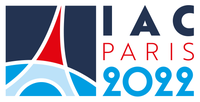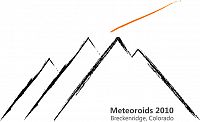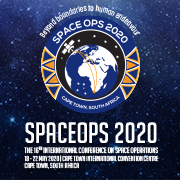›Meteoroids 2010, International Conference on Minor Bodies in the Solar System
This conference will be the seventh in a series of meetings on meteoroids and related topics, which have been held approximately every three years since 1993. In 2007 the meeting was organized by the Institut d’Estudis Espacials de Catalunya (IEEC) and the Institut de Ciències de l’Espai (CSIC) and was held in CosmoCaixa, the science museum of the Obra Social Fundació La Caixa in Barcelona, Spain. The topics covered during that meeting included the origin, nature, evolution and dynamics of solar system minor bodies, with special emphasis on the study of micrometer- to meter-sized fragments of comets and asteroids.
The 2010 meeting programme is expected to have sessions which cover the following areas:
- Observational techniques and meteor detection programs
- Meteor shower activity and forecasting
- Dynamics, sources and spatial distribution of meteoroids including sporadic, swarm and interstellar meteoroids
- Meteoroid interactions with Earth and planetary atmospheres; ablation, fragmentation, deceleration.
- Atmospheric effects induced by meteors; Physics and chemistry of meteor interactions processes in the Mesosphere and Lower Thermosphere
- Astromineralogy: properties of meteoroids Interrelationships: meteoroids - IDPs - dust - micrometeorites -meteorites
- Meteoroid flux and impact hazard; Hypervelocity impacts on the moon and spacecraft
- Meteor studies in astrobiology: organics and delivery process
- New techniques for detections of meteors and fireballs
- Meteor detection including cameras, telescopes, lidar, seismic and infrasound sensors
- Radar observations and large aperture radars
Track this event on your Apple calendar














 United States
United States